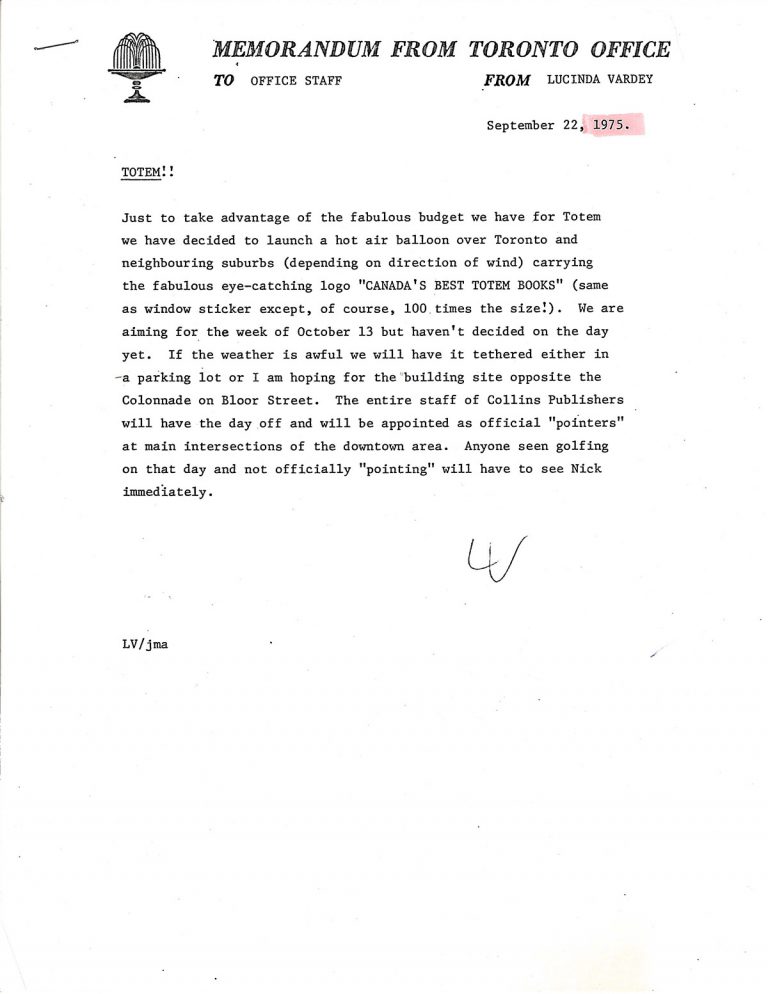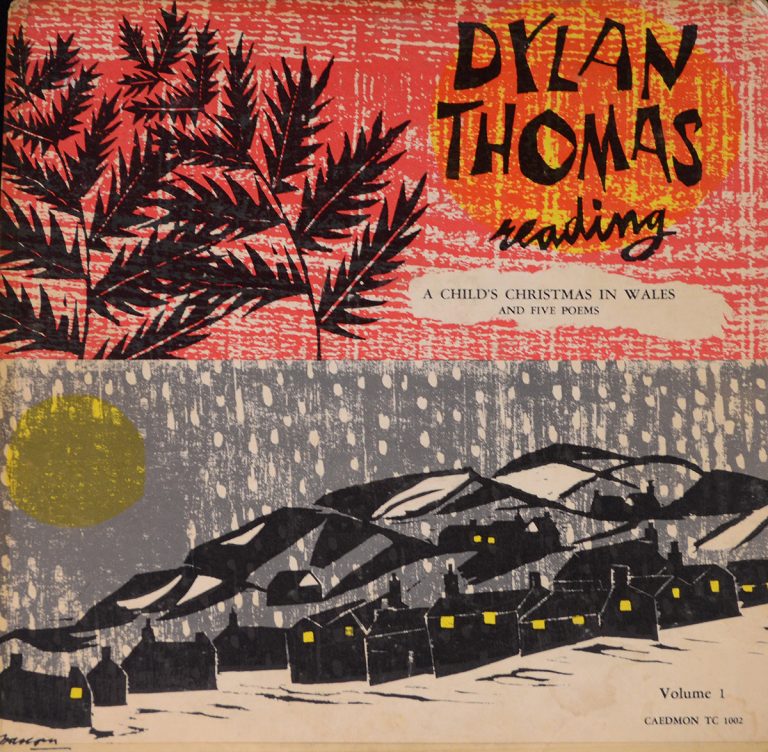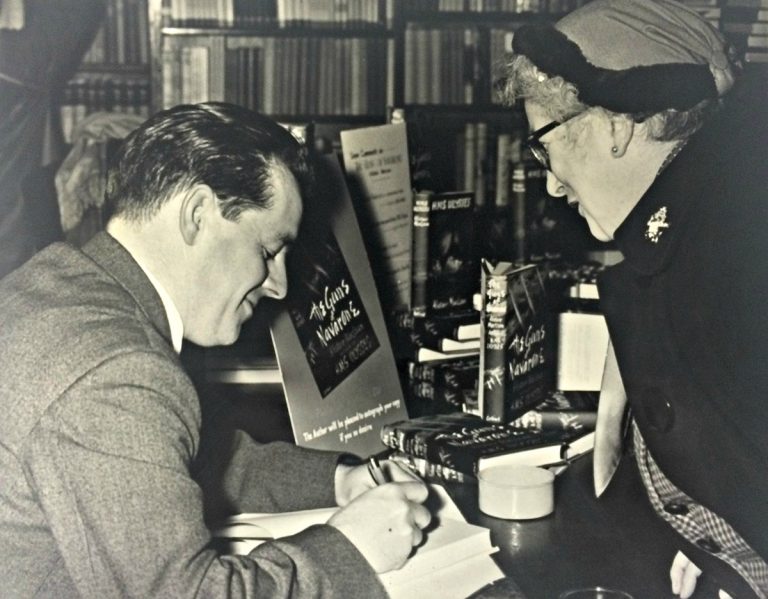Internal memo from Collins Canada announcing a hot air balloon publicity stunt
To launch the new Canadian trade paperback imprint Totem, in September 1975, Collins Canada’s head of publicity Lucinda Vardey organized the release of hot air balloons over Toronto and neighboring suburbs. More


























